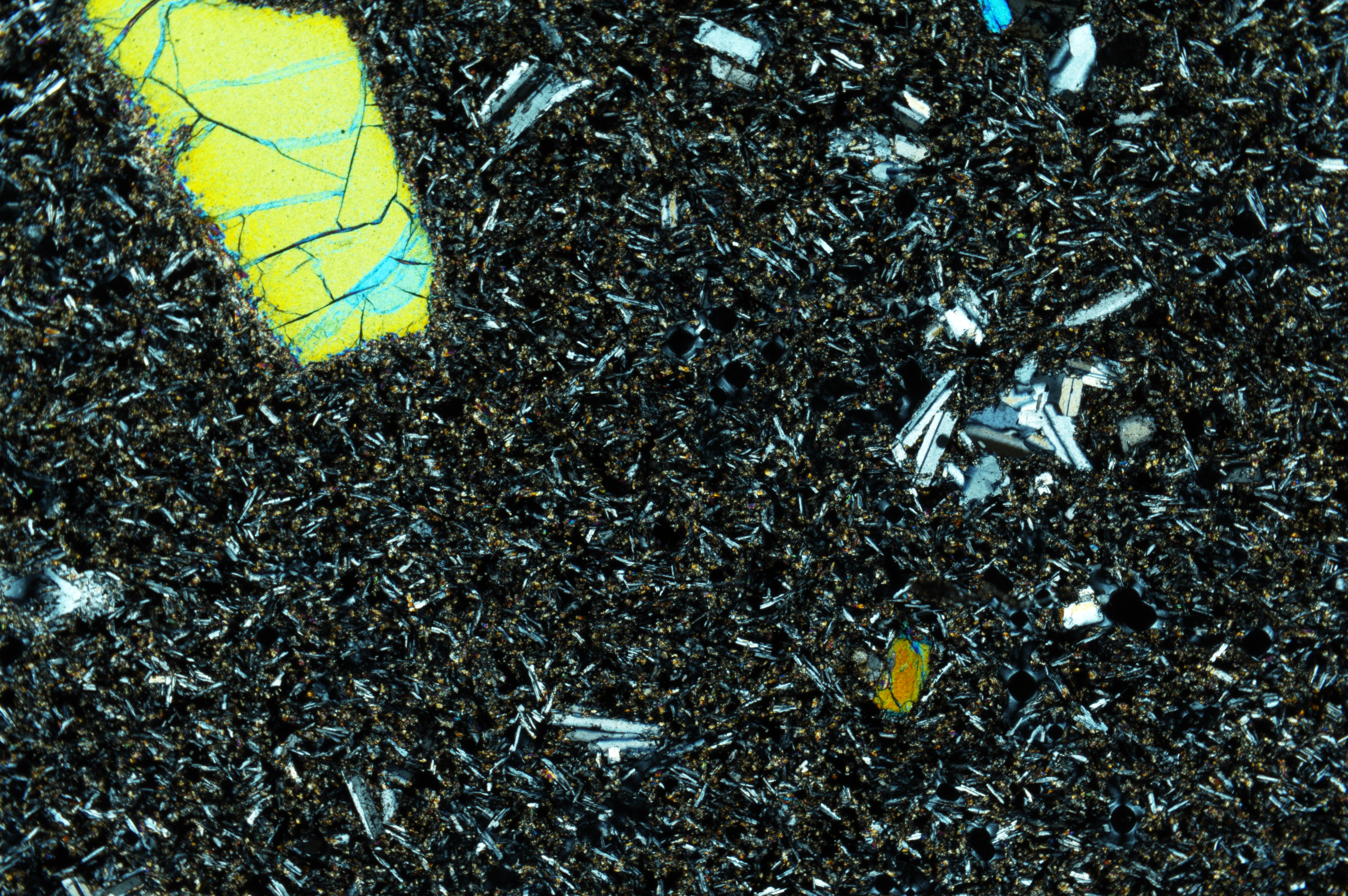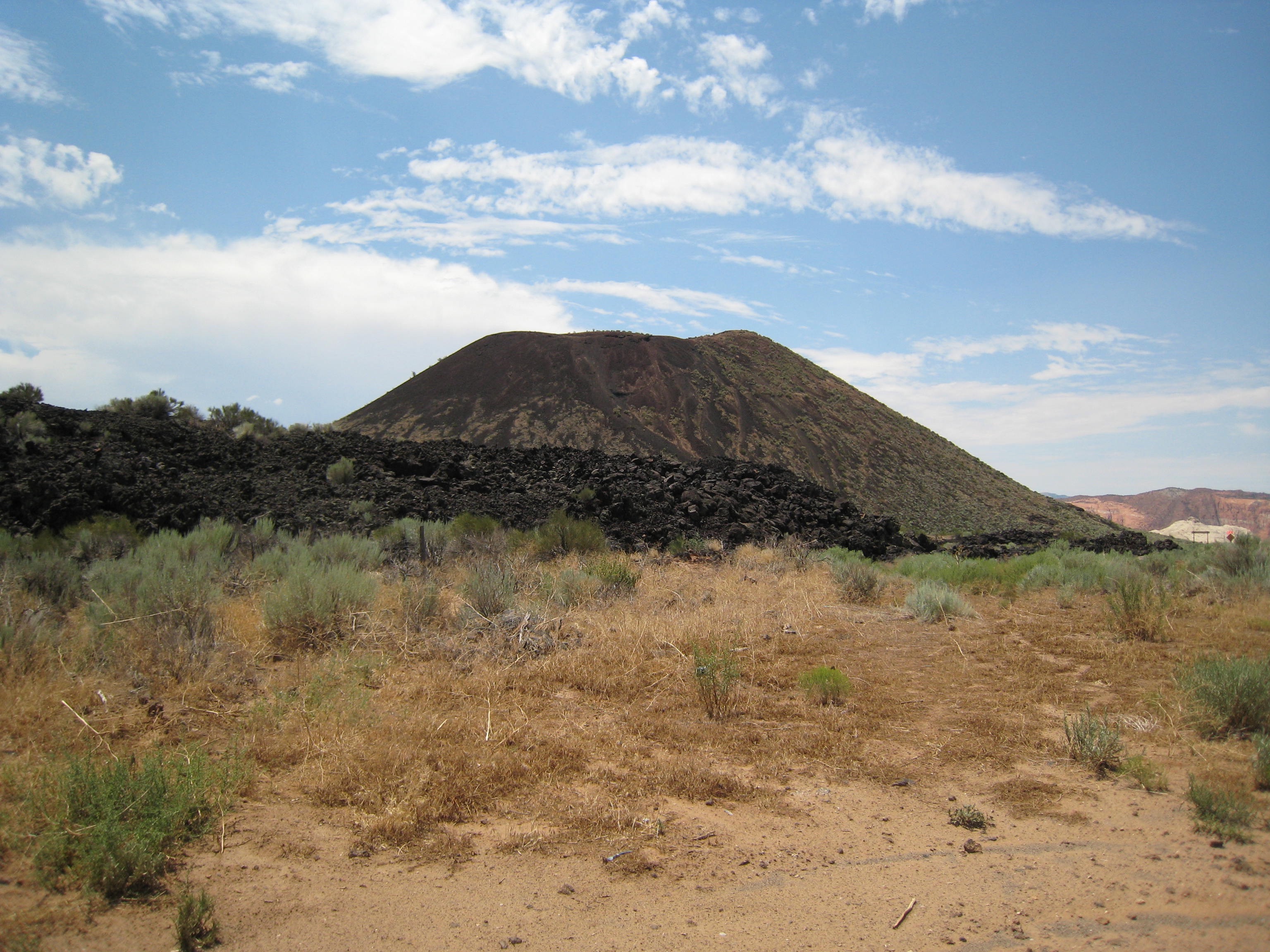 Petrology, Geochemistry, and Economic Geology
Petrology, Geochemistry, and Economic Geology
Our faculty combine field and experimental work, and theory to study a wide range of planetary processes including the physicochemical causes and timing of volcanic eruptions, the nature of deformation during regional metamorphism, the evolution of base and precious metal deposits, the connection between the mantle and the volcanic arc in subduction zones, mantle mineralogy and chemistry, mantle plume geodynamics and the dynamics of core-mantle interaction. To accomplish the research goals of the department a wide-variety of modern instrumentation is employed. This brief list is not all inclusive. Instrumentation includes a JEOL 8900 SuperProbe electron probe microanalyzer (EPMA) equipped with a cathodoluminescence (CL) detector, wave-length dispersive spectrometers (WDS), and an energy dispersive spectrometer (EDS); A JEOL JSM-6700F field Emission scanning electron microscope (FESEM) with a magnification range of 500 to 430,000 X, electron back scatter diffraction and EDS; and a JSM-5610 SEM with secondary and backscattered electron detectors and an Oxford ISIS EDS system, and a CL detector and EDS; 40Ar/39Ar geochronology laboratory equipped with a NGX multi-collector mass spectrometer; experimental apparatuses to simulate conditions from the surface to the deep mantle; X-ray fluorescence spectrometer (XRF) for major and trace element chemistry and X-ray diffractometer (XRD) for mineral identification and crystallographic studies; iCAP ICP-MS provides elemental abundance measurements of almost all non-volatile elements in both natural and synthetic samples, ranging from water/ice, soils to silicate rocks; and facilities for all types of sample preparation. In Spring 2021, we have received and installed a ESI 193 nm Excimer NWR193 laser ablation system, which is coupled to the existing iCAPTM Qc ICP-MS. We have also received a Sapphire Multi-Collector Inductively Coupled Plasma Mass Spectrometry (MC-ICP-MS).
Subdisciplines
Igneous Petrology and High-Temperature Geochemistry
Volcanology & Volcanic Hazards
Experimental Petrology
Economic Geology
Mineral Physics
Participating Faculty
Pamela C. Burnley: Associate Professor
High Pressure Rock Deformation, Mineral Physics, Metamorphic Petrology, Geoscience Education
Jean S. Cline: Emeritus Professor
Economic Geology, Geochemistry
Simon Jowitt: Associate Professor
Economic geology, Geochemistry
Kevin Konrad: Assistant Professor
Marine Geology, Geochronology, Geochemistry, Volcanology
Minghua Ren: Associate Research Professor
Electron Microprobe Imaging Laboratory Manager, Volcanology, Geochemistry
Eugene I. Smith: Emeritus Professor
Igneous Petrology, Volcanic Stratigraphy, Geochemistry
Oliver Tschauner: Research Professor
Mineralogy and Crystallography
Arya Udry: Associate Professor
Planetary Science, Igneous Petrology, Martian Geology, Meteorites
Igneous Petrology and High Temperature Geochemistry
UNLV petrologists and geochemists aim to better understand igneous processes operating on Earth and other planetary bodies. We use different approaches, including but not limited to, field work, experimental and numerical simulations, as well as petrological, geochemical, and radiogenic isotopic and metal stable isotopic studies, to study a variety of materials ranging from mineral separates to bulk igneous/metamorphic rocks.
Volcanology & Volcanic Hazards
The Volcanology group at UNLV brings together different research disciplines including physical volcanology, igneous petrology, geochronology, and geochemistry to better understand volcanic processes, develop tools for volcanic hazard studies, and train the next generation of researchers through the involvement of graduate and undergraduate students in research projects. This includes both terrestrial as well as marine volcanology studies
Back to top
Experimental Petrology
Experimental petrologists at UNLV work at a variety of conditions from ambient conditions in fluids to high temperature and pressure to simulate a wide range of earth environments and study the formation and interaction of minerals in those environments. Researchers at UNLV can use shock guns to simulate meteorite collisions as well as deep mantle conditions and a Griggs modified piston-cylinder apparatus to investigate processes and mineral equilibria occurring in the mid to lower crust and shallow upper mantle.
Economic Geology
Economic Geology research at UNLV focuses on understanding the fundamental geological processes that form mineral resources, including the world-class Carlin-type gold deposits here in Nevada, and how we can use this knowledge to increase exploration success and maximize the sustainable extraction of metals and other commodities. Our research uses a variety of geochemical, structural, petrogenetic and mineralogical approaches and expands beyond individual mineral deposits to examine global metal resources and the future of the mining industry.
 Mineral Physics
Mineral Physics
Mineral physics is the name for mineralogy and petrology at the high pressures applicable to the earth’s deep interior. Mineral physics research at UNLV includes investigation of the rheology of olivine at mantle pressures, shock studies of mantle minerals and studies of the equations of state of minerals.